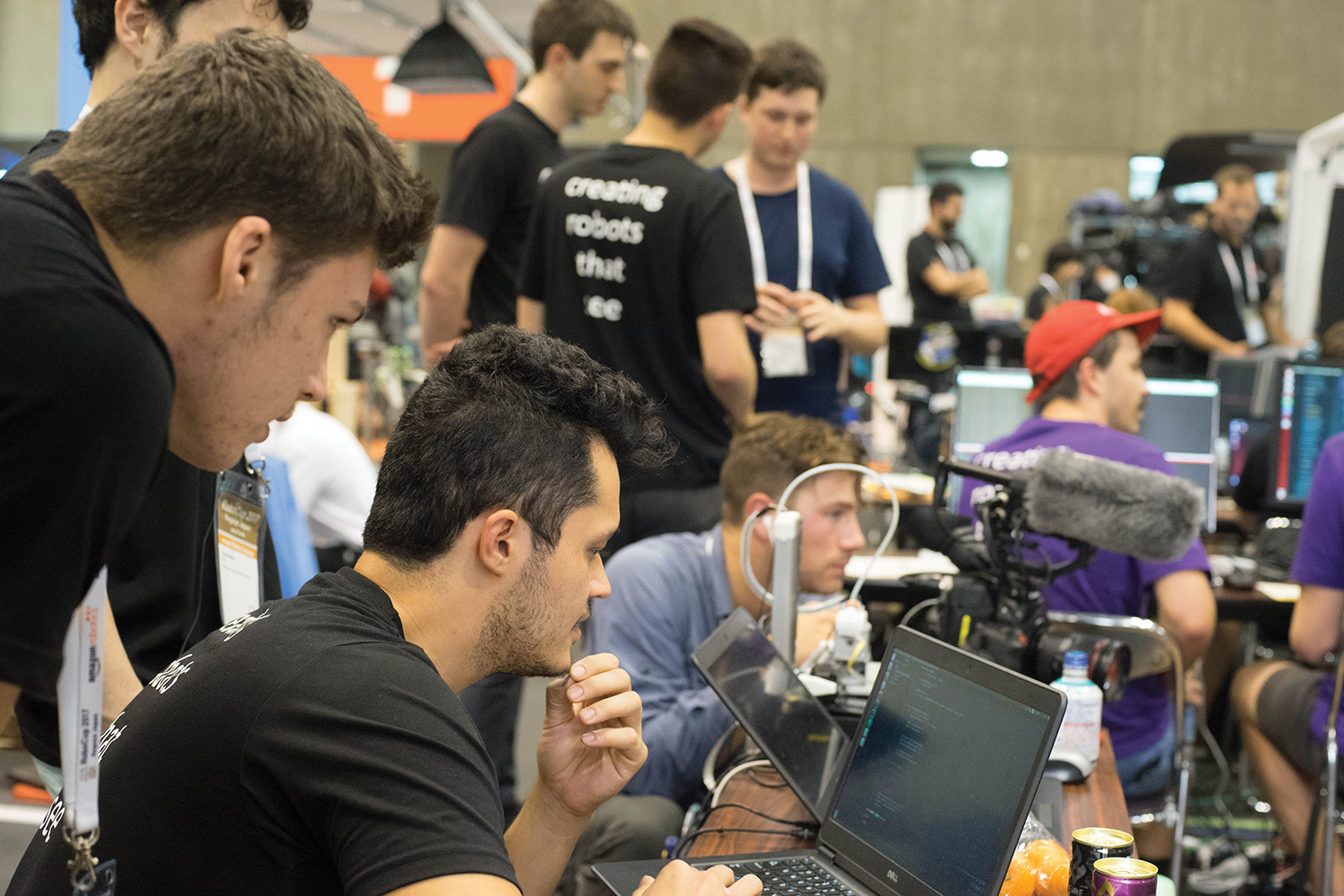
Advancing technology through challenges
Challenges have been shown to increase the effectiveness of technology development and diffusion by focussed fast-tracking of aspirational goals that are currently technically impossible to achieve. A good example of this was the Defence Advanced Research Projects Agency (DARPA) Urban Challenge of 2007, which saw the first autonomous vehicle navigate a 96 kilometre course in under six hours. The collection of talent and the application of technologies to solve that challenge directly led to investment by major corporations in self-driving car technology. In the space of just over 10 years, self-driving cars are now being trialled for real-world use.
Similarly, we propose that the creation of a series of Australian challenges, to be solved by the robotics and broader communities, will fast track development of technologies. The challenges will need to focus on pressing national issues, stimulate collaboration and spark the public’s imagination of the possibilities these new technologies present that are yet to be explored – a point acknowledged by Deloitte Access Economics [ADP17]. Advantages to Australia for proactively establishing challenges for international competitions include:
the pre-commercial knowledge gained by participating Australians and Australian companies
seeding the network of suppliers and integrators who are vital to the creation of the technological solutions
developing the broader robotics industry value chain.
According to the United Kingdom’s (UKs) Robotics and Autonomous Systems 2020 strategy [UKR14]:
“challenges need to focus on valuable societal or commercial goals: real-world problems that need solving. Success must be hard won, and the importance of knowledge gained through failure recognised. By involving government departments, issues around public procurement can be explored as a means of addressing national challenges. Challenges also provide media and public interest stories: they educate and stimulate open awareness of RAS and showcase the industry. A new generation of engineers, technologists and entrepreneurs can be kick-started through exposure to Challenges via the media, schools and universities.”
Engagement with regulators will be essential to explore how regulatory frameworks can be adapted without being a barrier to innovation [AIS17] (see Case Study UAV Outback Challenge, p. 25). The report observes that:
“Regulatory stability can encourage and incentivise innovation by setting clear quality, environmental and ethical standards, providing confidence to consumers in both domestic and foreign markets.”
In this roadmap, we showcase challenges that will push the bounds of the current technology envelope for most sectors. In combination with the development of ‘living labs’ to test robotics technologies in different settings within Australia, future challenges will serve to widen engagement and establish regulation ahead of market penetration of both technologies and ideas.

